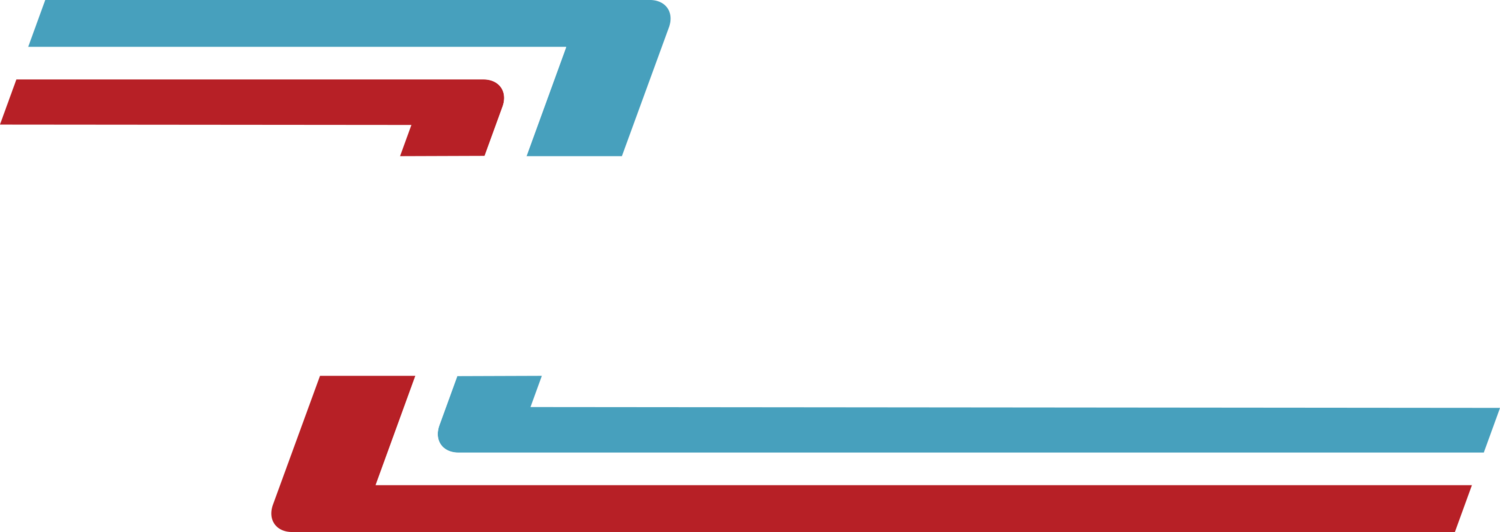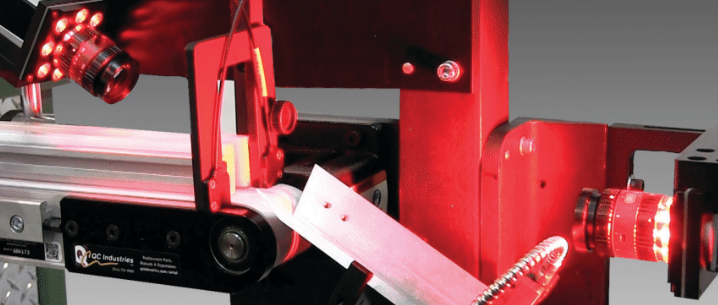The way factories check product quality is going through major shifts. New approaches in camera systems, multi-view imaging, and computer analysis are creating better ways to find problems during production. These changes help spot issues more consistently, lower material waste, and keep operations running smoothly. Below we examine key developments changing how manufacturers verify quality.
Faster Checking for Busy Production Lines
As factories produce more items in less time, inspection systems must keep pace. Older methods often couldn't handle the speed needed without missing details. Current solutions use specialized cameras that take pictures at remarkable speeds while maintaining clarity. Some systems can examine hundreds of items per minute while still catching tiny flaws.
Better light sensors now work well in challenging environments, like areas with glare or shadows. This matters greatly for small parts in electronics where lighting isn't always ideal. By maintaining thorough checking at higher speeds, manufacturers avoid slowing down their lines while still maintaining quality standards.
Finding Hard-to-See Surface Problems
Spotting inconsistencies has always been difficult. The most advanced systems today use a high speed camera while spinning the part to view it from several angles for a more complete inspection. This approach reveals flaws that might hide from a single viewpoint, and limits the need for multiple light sources and camera setups.
Smarter Analysis Using Computer Learning
The brains behind modern inspection come from sophisticated software. These programs study thousands of images to learn the difference between normal variations and actual defects. As they process more examples, they become better at making correct judgments.
Unlike older systems that needed constant manual adjustments, newer versions automatically adapt when products change. This is helpful for items with designs like medical tools or electronic circuits that have complexities. The software adjusts its checking parameters without human input, saving time and reducing errors.
Connecting Inspection to Factory Equipment
Modern quality checking now works directly with other machines on the production floor. When connected to robotic arms or sorting devices, inspection systems can immediately remove faulty items from the line. This prevents bad products from moving further through production.
This direct connection means fewer workers need to monitor quality manually. The systems share data with factory networks and allow supervisors to see patterns and adjust processes quickly. When equipment starts to wear out, the system can flag problems before they affect anything.
Looking Ahead
Quality verification continues moving toward faster, more thorough methods. The combination of rapid imaging, multiple viewing angles, and self-improving software creates stronger quality control. These changes help factories maintain standards while keeping production efficient. As manufacturing needs grow more demanding, these inspection methods will become even more important for delivering consistent products.


